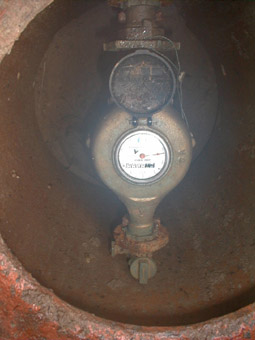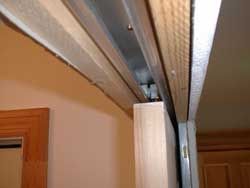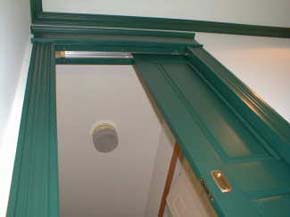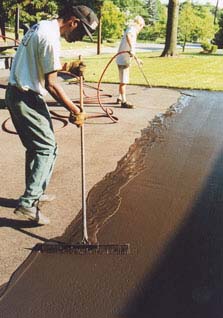DEAR TIM: In my Cape Cod style house, the upstairs is unfinished with no insulation. I had a 23,000 BTU kerosene heater up there for two days hoping to dry this space out after heavy rains. When it rains, the attic can get a little damp around the chimney and a couple of other places.
I checked the heater today and the roof sheathing and rafters had a very significant accumulation of frost. I assume this came from the heater. Does kerosene combustion create water? What's the best way to get rid of the frost now that it's cold up there and not likely to melt or evaporate soon? Gina P., Gales Ferry, CT
DEAR GINA: The frost buildup can be traced to three possible sources, but the kerosene heater would be the first thing I would blame. The combustion of any fossil fuel such as oil, gasoline, natural gas, propane, kerosene, coal, etc. produces water as a by-product. On a cold winter day, the white cloud you see streaming from a car's exhaust is primarily water vapor. The same is true for the exhaust you see streaming up from house's chimney, as a furnace or water heater burns fuel.
Editor's Note: This article was the Mystery Link in the February 19, 2016 AsktheBuilder Weekend Warrior!
The frost could also be caused from regular water vapor that is seeping from your heated living space up into your attic. Once this vapor contacts a cold surface, it turns into liquid water. If the wood surfaces are cold enough, the water freezes and turns into frost.
The water leaking into the attic from the chimney can also be evaporating and turning into water vapor inside the attic.
There is little you can do at this point. Perhaps the best thing to do would be to operate an oscillating fan in the attic space to get air moving about. If you have good ventilation, the frost will sublimate and the water vapor will escape to the outdoor atmosphere.
In the spring, I would absolutely apply a silane / siloxane water repellent to the chimney to minimize water infiltration into the masonry. You may have to apply a clear brush-on masonry sealer to the mortar joints and the chimney crown to stop all of the water.
I would also try to locate any and all roof leaks that are allowing water to enter the attic. You must do whatever is necessary to stop any and all water from entering the attic.
Column EM0012







